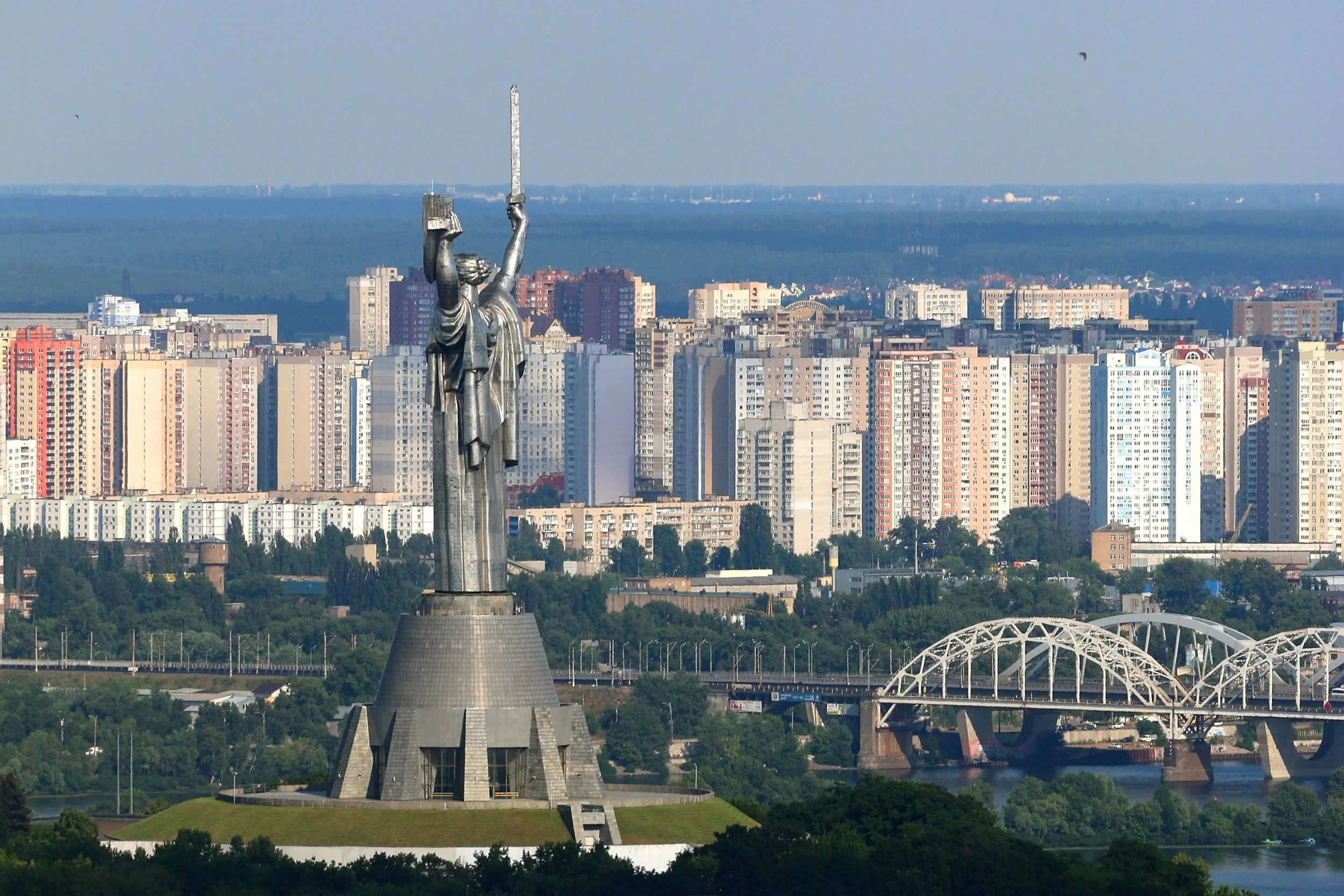The following article originally appeared on February 15, 2022 in The Hindustan Times.
The recent tensions over Ukraine present the very real possibility of a dangerous conflagration in eastern Europe. But it also offers intriguing insights into the value and limitations of both hard power and soft power in international relations.
On the one hand, you have Russia, which is without doubt a major defence power. Russia spends over 4% of its Gross Domestic Product (GDP) on its military, and continues to have a globally competitive defence industrial complex (of which India, among others, is a significant beneficiary).
Moscow has also shown a willingness to exercise military power. The war in Georgia in 2008 was an ample demonstration of Russia’s use of force to achieve clear outcomes. Similarly, Russia’s intervention in Syria proved decisive in that country’s civil war. Its recent experiences serve as a useful reminder that what some in the West decry as 19th century strategic practices remain relevant.
On the other hand, you have a European Union (EU) that has primarily banked on soft power — the attraction of its economy, governance, ideology, and society — as a means to various ends. Europe has some of the world’s highest living standards, most livable cities, and generous social safety nets. The EU remains a superpower when it comes to setting international norms and standards. The European members of the North Atlantic Treaty Organization (NATO) collectively boast 12 times the GDP of Russia. (The addition of the United States and Canada doubles that ratio.)
However, Europe has consistently underinvested in military and other forms of hard power since the end of the Cold War. Today, among the European members of NATO, only the United Kingdom, France, Poland, Romania, Greece, Croatia, and the Baltic States spend at least 2% of their GDPs on defence. This has contributed to Europe’s continuing reliance on the United States (US) for guaranteeing regional security.
The contrasting approaches of Russia and the EU are apparent in the ongoing stand-off. Russia has embarked on a major military build-up around Ukraine’s borders and has presented its demands diplomatically, while continuing to engage with Washington, Brussels, Paris, Berlin, and other capitals through a number of pre-existing institutions and dialogue formats. It is a further reminder, if one were needed, that the use or threat of use of military force still has strong coercive power. Advantage Moscow. Or so it would appear.
But the widespread notion of Russian leaders as hard-nosed realists and the Europeans as woolly-headed liberals belies the fact that the balance of power has shifted — not in Russia’s but in Europe’s favour. Today, a majority of Ukrainians (58%) — predominantly in western Ukraine — express a desire to join the EU over a customs union with Russia. This preference has nothing to do with Europe’s military prowess, but the economic opportunities and other benefits that European integration has to offer. In this regard, Russia’s smaller market, resource-dependent economy, and more limited financial clout offer little competition.
This discrepancy has implications well beyond Ukraine. Moscow’s ability to employ tools such as foreign aid, trade benefits, and technical assistance are far more limited than during the heyday of Soviet internationalism between the 1950s and 1980s. It is, therefore, little surprise that other actors are increasing their profiles in Russia’s traditional areas of influence, including militarily. Today, there are US soldiers in Lithuania, Turkish troops in Azerbaijan, and Chinese security forces in Tajikistan. Russia’s tactical boldness — not just in Europe but in West Asia and beyond — overshadows what in some ways resembles strategic retreat closer to home.
For India, there are cautionary lessons from both the European and Russian experiences. Europe suggests the folly of consistent under-investment in one’s military and the dangers of over-reliance on allies. For India, a continuing focus on improving national security and defence will remain paramount, particularly given its adverse regional security environment. This is not simply a question of increasing military expenditure, but also making viable investments in critical military technologies and defence production, forging instrumental international partnerships, updating training and doctrine, enhancing force posture and readiness, and ensuring networked command, control, and intelligence systems.
But equally, India could draw the right inferences from Russia’s predicament. Investments in military or hard power alone — absent complementary efforts in non-military domains — do not comprise a winning strategy over the long-run. A robust and resilient economy, investment in connectivity to present attractive forms of engagement in the periphery, and positive people-to-people ties in the neighbourhood remain critical to achieving strategic objectives. The ability to provide options when it comes to investment, market access, and defence trade and technology — as India’s “Neighbourhood First” approach is attempting — ought to remain a high priority in the years to come.

